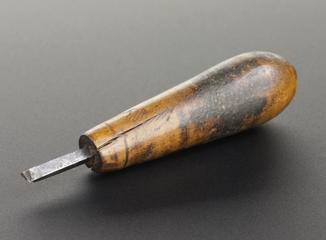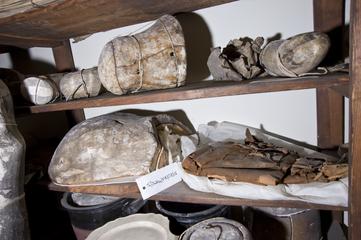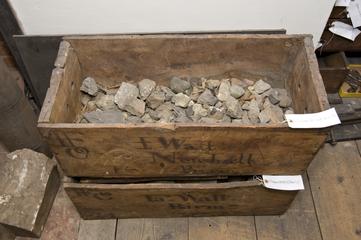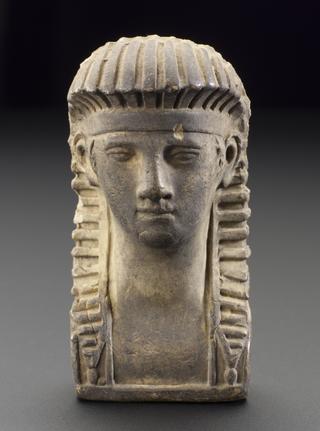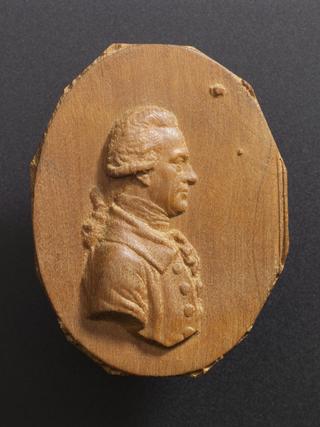
Long mahogany strip brass pin gauge with eight pins
- maker:
- James Watt





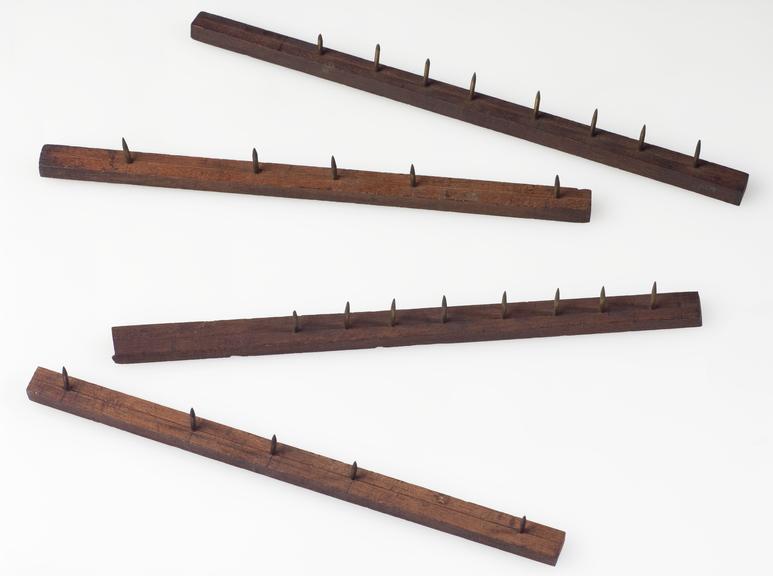


Mahogany strip brass pin gauge with eight pins, by James Watt, Glasgow, Scotland, 1758-1769. Used for positioning the drilling of flute finger holes. Possibly a B fl flute similar to RCM 326 FL 6.
James Watt eventually employed 16 people to run a shop in Glasgow making numerous items. In spite of saying that music was ‘the source of idleness’, he built instruments for sale, including flutes, an organ and a guitar for the wife of one of his early business partners, John Roebuck. This item is likely to have been made on the suite of flute-making tools which survives in Watt's workshop - using a gauge to mark the positions of the finger holes prior to drilling them would have speede up the manufacturing process.
Details
- Category:
- James Watt's Garret Workshop
- Object Number:
- 1924-792/2369/1
- Materials:
- mahogany (wood) and brass (copper, zinc alloy)
- Measurements:
-
overall long gauge (eight pins): 25 mm x 274 mm x 11 mm, 0.027kg
- type:
- pin-gauge and marking gauge
- credit:
- Major J.M. Gibson-Watt
